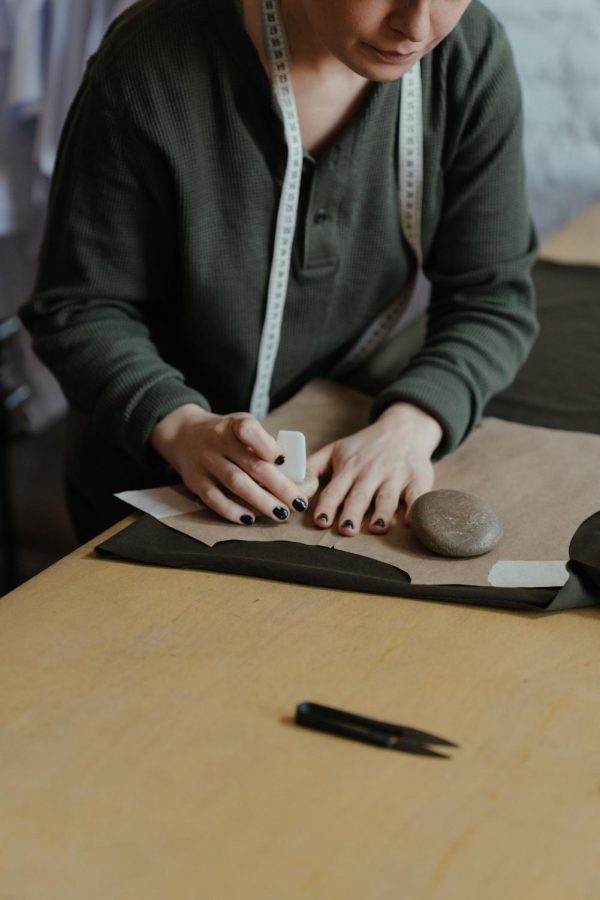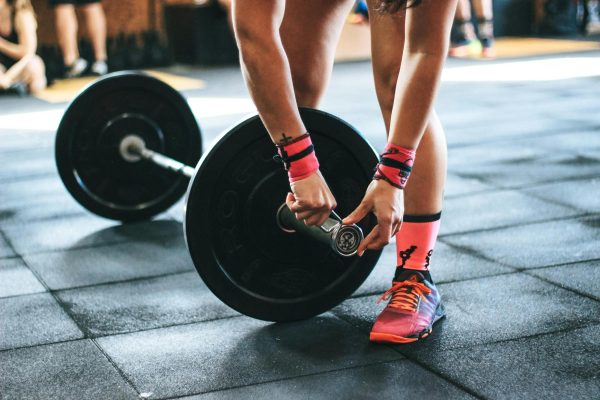Human Hamster Wheels, Sweatshops Among Changes to Kinetic Wellness Curriculum
“Any monetary benefits are purely coincidental,” says Superintendent.
Earlier this week, District Head of State Donovan McMaphin announced the implementation of a revamped Kinetic Wellness curriculum. “The new Kinetic Wellness will not only offer improved opportunities for fitness and activity for our students, but also allow students to simultaneously create a positive impact on the community, reducing school emissions and heightening school spirit,” stated Dr. McMaphin.
Instead of the standard KW and Health track (and in order to replace the boiler system), Freshman and Sophomore students will generate electricity by running on human-sized hamster wheels; projected figures have shown that this innovation will not only reduce emissions, but also cut multiple costs currently straining the clandestine school budget. A separate option is available as well: underclassmen can be reallocated to assist in the new athletic wing construction project —manually digging, carrying bricks, stirring cement, gathering insulation, and removing asbestos— by request.
“Student participation in the construction of the new athletic wing would exchange expensive and environmentally harmful heavy machinery for the wellness of students,” commented New Trier Assistant Superintendent of Operations Luigi Oaktree. “Students will not be provided with any tools, as we feel that these provisions will become crutches, robbing students of the full potential benefits of this initiative. Instead, our weak, waifish North Shore students will work with their bare hands like their ancestors of old.”
However, Juniors and Seniors will, in keeping with New Trier’s previous curriculum, be offered various course options under the new system. Outdoor Education is to be remodeled as Outdoor Maintenance, a course on everything related to schoolground horticulture, with a strong focus on digging ditches. Team Block will engage in labor activities throughout the school, using their collaborative abilities to work together in the kitchen and serving food to their peers. Students in Strength and Conditioning will go from lifting weights to stacking chairs, and trade in their dumbbells for mops to keep New Trier in aesthetically pleasing shape. In addition, a new class, Student Garments, will instruct students in the art of making clothes, providing local prisons and preschools with needed uniforms.
Due to the limited class openings available, most students will join their underclassmen in the construction effort while a reduced staff of construction workers oversee and direct labor activities for the project. Varsity athletics will not exempt students from any classes.
Curiously, students and staff have observed a lull in the construction effort of the new athletic wing of the school, and have pointed to the new KW program as evidence of a faltering school budget. Dr. McMaphin denied all allegations, stating, “New Trier, in no capacity, is lacking the funds to continue any of our outstanding operations and projects. That being said, this shift in KW curriculum is purely based on community suggestion and has been thoroughly reviewed to maximize social and emotional benefits. Any monetary benefits are purely coincidental.”






